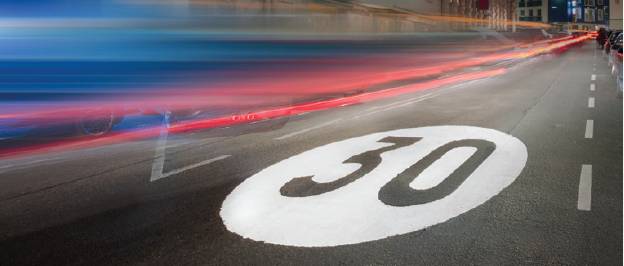Criminal law update
Criminal law update
Philip Brown asks who was the driver of the speeding Aston Martin in Marshall v Crown Prosecution Service [2015] EWHC 2333 (Admin)?
Facts: Mr and Mrs Marshall owned an Aston Martin Virage V12 motor vehicle. Late one March evening in 2013, that vehicle was captured by a speed camera travelling at 40 miles per hour (mph), in excess of the 30 mph speed limit.
The registered keeper of the vehicle was Mrs Barbara Marshall. The other driver of the car was her husband, Mr Phillip Marshall. Following the speeding incident, it was he who received a notice under Road Traffic Act (RTA) 1988 s172(2)( b) requiring him to give the requisite information ‘as to the identity of the driver of the vehicle who is alleged to be guilty of an offence as he may be required to give by or on behalf of a chief oÿcer of police’ (para 3).
Mr Marshall duly completed the form in which he stated that at the time of the alleged offence it was either he or his wife who was the driver of the vehicle at that time. He provided the relevant particulars of his wife.
In April 2013, Mrs Marshall was sent a notice under RTA s172(a). She too completed and returned the notice, in which she stated: ‘I do not know for sure who the driver was; either me or my husband’ (para 5).

In January 2014, Mrs Marshall was charged with an offence of failing to give information relating to the identification of the driver of the vehicle, who was alleged to have been guilty of an offence contrary to RTA s172(3). At her trial, her husband stated that he had not noticed any flash of a speed camera on his journey home on the evening in question. Mrs Marshall stated that both she and Mr Marshall had driven the vehicle, within 25 minutes of each other, but did not explain what steps, if any, she had taken to ascertain who had driven the vehicle when the speed camera detected it travelling at an excess speed. The court convicted Mrs Marshall on the basis that, on all the evidence, she had failed to show, on a balance of probabilities, that she ‘did not know and could not with reasonable diligence have ascertained who the driver was’ (para 14 of the High Court judgment).
Decision: On an appeal by way of case stated, the Queen’s Bench Division dismissed Mrs Marshall’s appeal on the basis that she had failed to take adequate steps to ascertain the driver’s identity. Mrs Marshall could have made one obvious enquiry, and she could reasonably have been expected to have explained to the court, having received the notice and facing potential criminal proceedings, exactly who was driving the vehicle when the speeding offence was committed. The magistrates had given adequate reasons for their decision.
Comment: The moral of this story seems to be that if you share a car with another person (even if it is not an Aston Martin worth circa £100,000) it would be as well for you to be aware of who was driving at the time of any incident which may give rise to a criminal prosecution. Co-operation with the police is always preferable to displaying a level of indifference in such circumstances; otherwise, like Mrs Marshall, a prosecution may follow. The identity of the driver in this case remains unknown…
